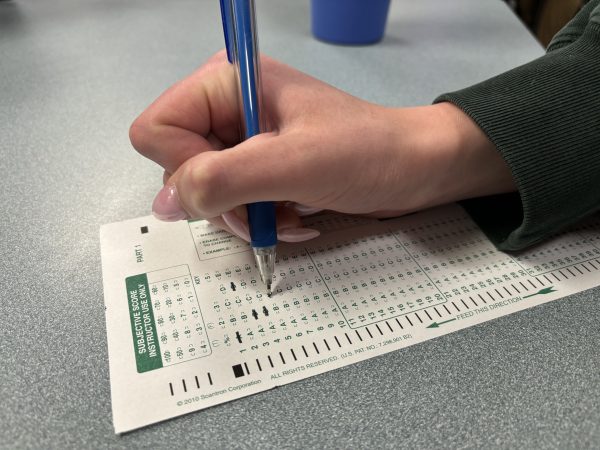Affirmative action outdated policy, creates stereotypes
Policies hurt achievement more than they help
February 18, 2016
The United States undoubtedly has work to do to achieve a system of equal opportunities, but the answer does not lie in affirmative action.
In the current Supreme Court case Fisher v. University of Texas, discussion on affirmative action focuses on acceptance into universities across the country. The universities solve their lack of diversity by admitting students based on race, completely ignoring the value of merit.
Minority students may get accepted in place of a more qualified white student. The issue with motivation and success of students cannot be linked to race. Any student who lacks a decent work ethic and success rate will not fit well in a competitive university.
In the Supreme Court case Grutter v. University of Michigan Law School in 2003, Barbara Grutter was denied admittance even though she held an acceptable GPA and adequate test scores. She filed a suit that the decision process used by the university was in violation of the 14th Amendment.
The conflict created an idea of reverse racism, where universities reject qualified white students simply because they do not belong to an underrepresented minority.
If a university accepts a group of students because of their race, it creates a stereotype that everyone in that racial group must be unable to succeed without special allowances.
Universities in California do not allow affirmative action, but instead open more opportunities and financial aid to those classified with a lower economic standing. These classes tend to be minority and lack of financial aid causes hesitation when applying to universities.
The United States still has widespread problems with discrimination, but affirmative action cannot be the solution. This outdated idea creates more problems than it solves. Much better solutions are out there, such as increasing financial aid. These solutions just need to be put into place by universities.












